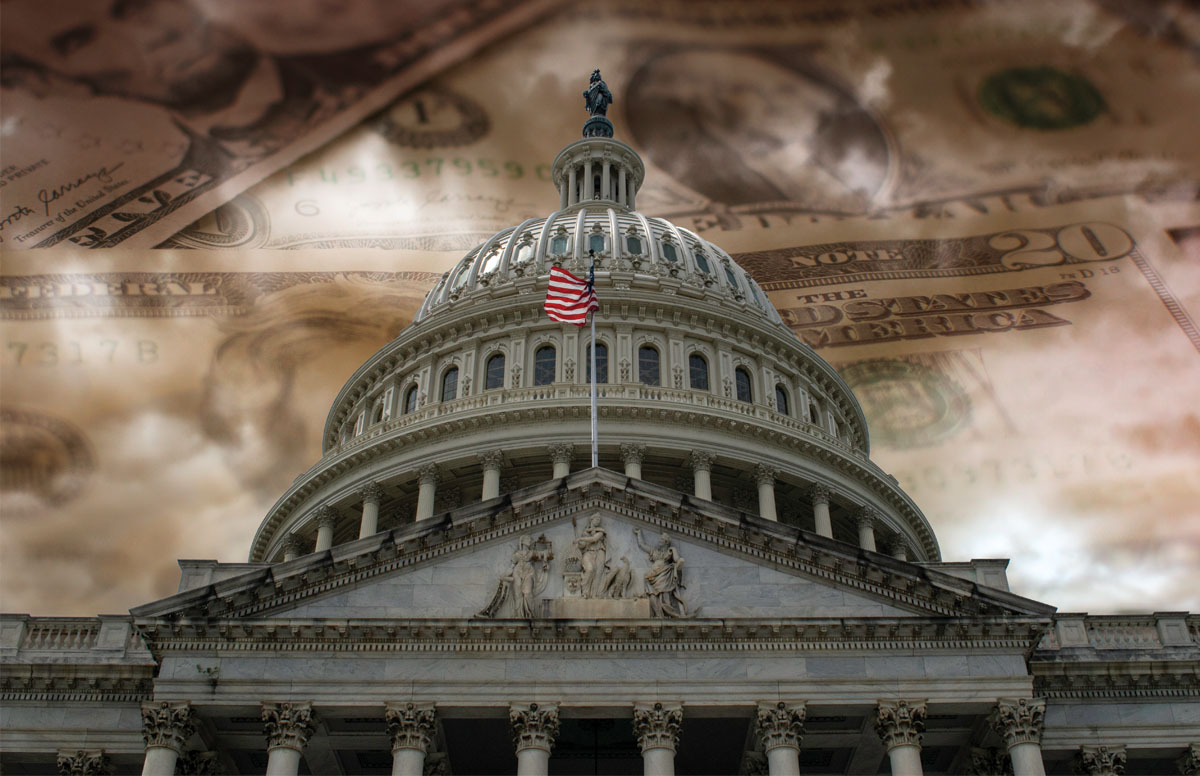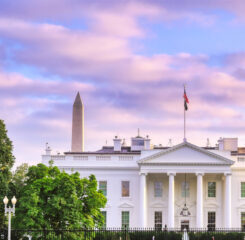With the end of the federal fiscal year fast approaching on September 30, Congress has not yet come to an agreement on a continuing resolution (CR) to temporarily fund the government until new legislation can be passed and signed into law. Typically, the government and its agencies will prepare contingency plans outlining how essential government services will operate during a shutdown. Many were posted publicly on September 29 to departmental websites. LeadingAge has reviewed select departmental and agency contingency plans to help anticipate how aging services may be impacted by a shutdown.
What Does ‘Government Shutdown’ Mean?
Each year, the two chambers of Congress must agree on, and the President must sign into law, a plan to fund the federal government. This must happen prior to the end of the federal fiscal year, which runs each year from October 1 through September 30. If Congress anticipates that it will be unable to agree on a federal budget, it generally works toward a CR to keep the government running past the end of the fiscal year while negotiations on the real budget continue. If a CR cannot be passed prior to the end of the fiscal year, we enter a lapse in federal government appropriations, also known as a government shutdown.
During a shutdown, programs determined “essential” and programs funded by the “mandatory spending” part of the federal budget, such as Social Security and Medicare, continue. However, programs determined “nonessential” and programs funded by “discretionary spending” may be limited or paused. Government staff whose work is funded through prior year appropriations, mandatory appropriations, and user fees are considered “exempt” and will continue to work. Staff whose work is funded through discretionary spending that has not been appropriated may be furloughed, unless they are “excepted” because it is determined that the activities they are performing are authorized by law, necessary to protect the safety of human life and protection of property, or necessary as implied by law to support other exempt or excepted activities.
Of note, the OMB sent a memo to federal agencies on September 24 directing them to consider Reduction in Force (RIF) notices for employees in programs, projects, or activities for which discretionary funding lapses on October 1 and another source of funding is not currently available, and which are “not consistent with the President’s priorities.” OMB further directed federal agencies that once FY26 appropriations are enacted, “agencies should revise their RIFs as needed to retain the minimal number of employees necessary to carry out statutory functions.” This move, while not typically seen in previous government shutdowns, is consistent with the Trump administration’s earlier actions related to federal workforce reduction initiated soon after taking office.
Impact on LeadingAge Members
A government shutdown will impact the programs utilized by LeadingAge members in various ways. We have reviewed the latest available contingency plans from the Department of Health & Human Services (HHS) and the Department of Housing and Urban Development (HUD) in an effort to anticipate how a lapse in appropriations may be handled for FY 2026.
HHS: Impact of a lapse in appropriations
HUD: Impact of a lapse in appropriations
LeadingAge will continue to watch for updates from HHS and HUD and any changes from the administration.

 Budget Reconciliation 2025
Budget Reconciliation 2025 Impact of a Lapse in Appropriations: HUD
Impact of a Lapse in Appropriations: HUD


